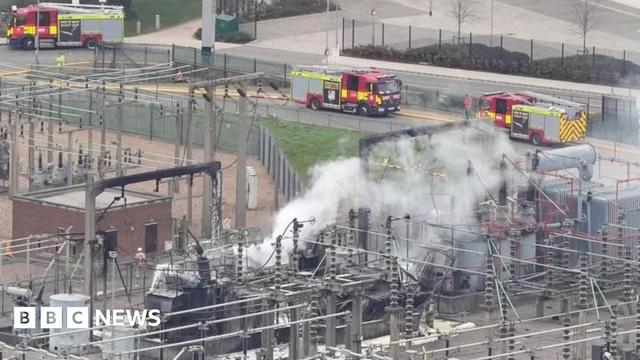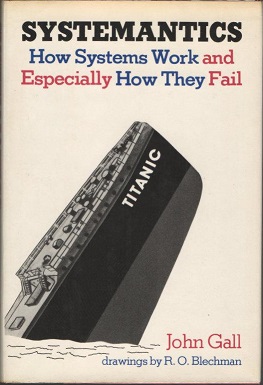Very nice report on the fire at North Hyde substation which took down Heathrow in March.
tl;dr:
* Fire was caused by moisture ingress in a high voltage bushing which was detected in 2018 but got lost in the system.
* North Hyde is an ageing substation which didn't have adequate protection against spread of fire
* Heathrow didn't think that a loss of grid feed was a plausible risk, so they assumed 10-12 hours was a reasonable recovery time from that.







